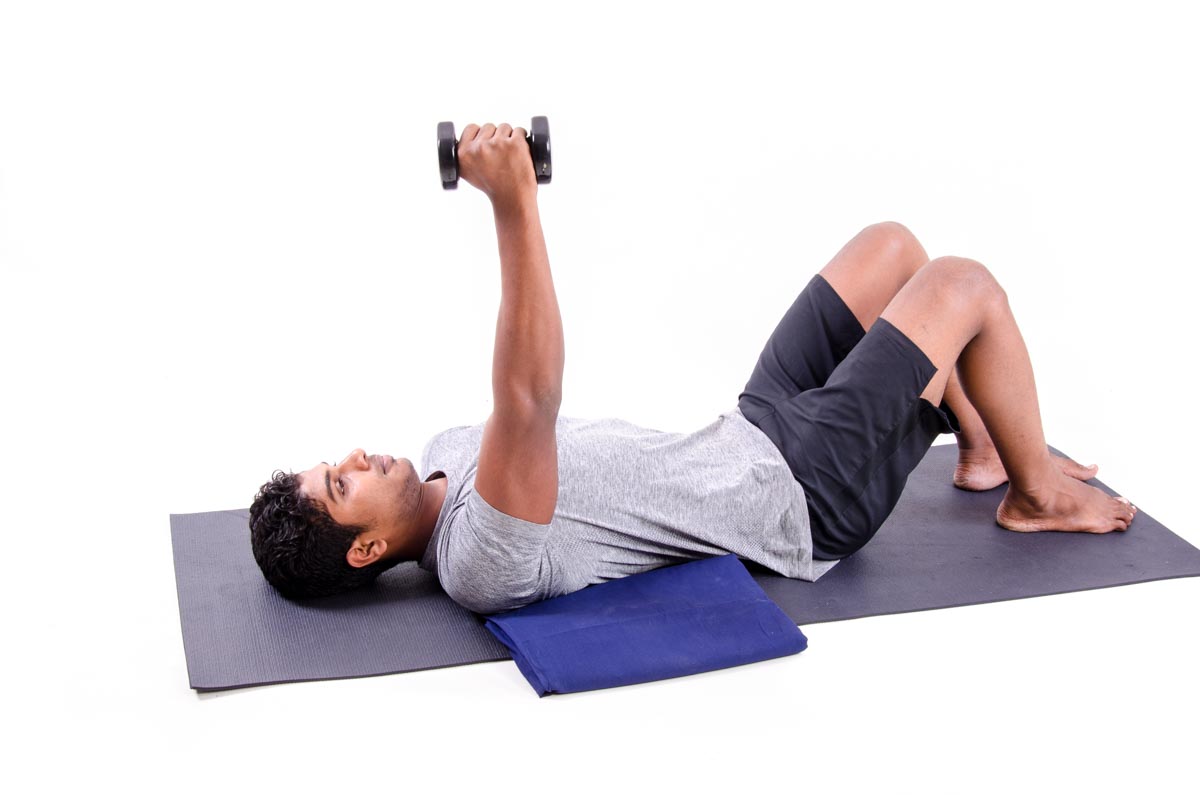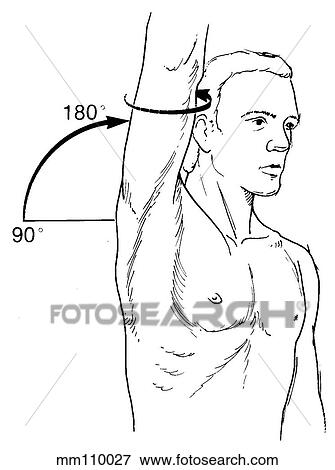

5 Prospective cohort studies have shown that early return of finger extension, 6,7 shoulder shrug and abduction, 8 and active range of motion 9 are important prognostic determinants of the outcome for the paretic upper limb 6 months after stroke. 4 Moreover, guidelines for rehabilitation management recommend starting the treatment of stroke patients as early as possible.

Considering that most patients are discharged to rehabilitation centers or nursing homes within the first week after stroke to reduce health care costs, discharge planning should start within the first days after stroke. 3Įarly prediction of final functional outcome for the paretic upper limb is paramount for stroke management, including discharge policies at hospital stroke units.
ABDUCTION OF SHOULDER FULL
Depending on the outcome measures used, 5% to 20% achieve full functional recovery of upper limb function at 6 months. Retesting the model on days 5 and 9 resulted in a gradual decline in probability from 0.25 to 0.14 for those without voluntary motor activity of shoulder abduction and finger extension, whereas the probability remained 0.98 for those with this motor activity.Ĭonclusions- Based on 2 simple bedside tests, finger extension and shoulder abduction, functional recovery of the hemiplegic arm at 6 months can be predicted early in a hospital stroke unit within 72 hours after stroke onset.Īlthough prospective epidemiological studies are lacking, findings of a number of prospective cohort studies suggest that 33% to 66% 1,2 of stroke patients with a paretic upper limb do not show any recovery of upper limb function 6 months after stroke. Sixty percent of patients with some early finger extension achieved full recovery at 6 months in terms of action research arm test score. Results- Patients with an upper limb motor deficit who exhibit some voluntary extension of the fingers and some abduction of the hemiplegic shoulder on day 2 have a probability of 0.98 to regain some dexterity at 6 months, whereas the probability was 0.25 for those without this voluntary motor activity. Logistic regression analysis was used for model development to predict upper limb function at 6 months measured with the action research arm test (ARAT).

Methods- Candidate determinants were measured in 188 stroke patients within 72 hours and at 5 and 9 days after stroke. In addition, the effect of the timing of assessment after stroke on the accuracy of prediction was investigated by measurements on days 5 and 9. Customer Service and Ordering Informationīackground and Purpose- The aim of the present study was to determine if outcome in terms of upper limb function at 6 months after stroke can be predicted in hospital stroke units using clinical parameters measured within 72 hours after stroke.Stroke: Vascular and Interventional Neurology.Journal of the American Heart Association (JAHA).Circ: Cardiovascular Quality & Outcomes.Arteriosclerosis, Thrombosis, and Vascular Biology (ATVB).


 0 kommentar(er)
0 kommentar(er)
